Christmas at Sandringham was a staple in Elizabeth II’s calendar and following her death in 2022, Charles has continued this tradition.
It means we get to see the famous walk from ‘the big house’ down to Church on Christmas Day. But how did the house come into royal hands, and what does it look like?
A settlement at Sandringham was recorded in the Domesday Book of 1086 as “Sant Dersingham” – the sandy part of Dersingham – which was subsequently shortened to ‘Sandringham’, making the site much older than its royal link of the 19th century. Evidence of flint tools from prehistoric people have been found, as well as the remains of a Roman villa. There was certainly a residence on the present site of the house as early as 1296.
The Cobbes family held the land from 1517 and the Hostes followed as owners in 1686, but it was in 1862 that it came into royal hands.

Sandringham House first came to be in royal possession in 1862; Queen Victoria bought the estate for their eldest son, the future Edward VII, thinking he should move out of the family home, aged 21 and engaged to Alexandra. His principle residence was Marlborough House, on the Mall in London, but his parents thought he needed a country house for the benefits of the clean air, and to gain some independence as a soon-to-be married man; they moved in just three weeks after their wedding, at the beginning of April.


Sandringham House is set at the heart of the 8,000-hectare Sandringham Estate, and was originally a Georgian white-stuccoed creation of 1771. Edward (Bertie) and Alexandra, however, decided to have it remodelled a few years after moving in. AJ Humbert was hired to design a new property of c.300 rooms, built by Goggs Brothers of Swaffham. The main house was completed in 1870, with additions in 1881 (a ballroom) and the 1890s (a new guest accommodation wing).
When the ballroom and new kitchen were completed in 1885, The Prince of Wales remarked, “I have, I think, finished all my improvements here,” but a fire in 1891 damaged the roof of the main house and destroyed 13 bedrooms. Workers were recalled to restore the house, and in the process, added ‘a range of bachelors’ bedrooms over the bowling alley, converting it into a substantial additional wing’. This is what can now be seen as the darker coloured brick to the right of the west facade.

Embed from Getty Images
Sandringham’s interior has changed little since the Edwardian era, when this photo was taken.
The work is described as ‘gently asymmetrical, enlivened by gables, bay windows, turrets with onion-shaped roofs and tall, ornamental, East Anglian brick chimneys’ by Country Life magazine, and as ‘frenetic Jacobean’ by the expert Pevsner Architectural Guides.
Those that have visited Sandringham comment on the large number of rooms, but that the rooms are all unexpectedly small. Queen Alexandra even admitted this: “To tell the truth, it is a very small place, but by means of all this gardening and laying out, we make it look very big.
A large porte cochère covers the front door, which then proceeds into the Great Hall (another photo here), the location of George V’s first ever Christmas message. This is where The Queen likes to do her jigsaw puzzles, and there are often part-finished ones lying around during public openings.

The ground floor rooms are open to the public, including the Dining Room, Drawing Room (another image here), Small Drawing Room, and The Queen’s sitting room; these are the principal areas used by the Royal Family when they spend time here.
Queen Alexandra and Queen Mary were great collectors of objets d’art, and visiting European Royal Families brought numerous gifts with them, including a fine Dresden porcelain chandelier and mirror frame brought here by Kaiser Wilhelm I of Germany, and coloured tapestries of Madrid, after the designs of Goya, were given by Alfonso XII of Spain in 1876.
Family portraits decorate the walls, such as pieces from famous names like Heinrich von Angeli, Sir Luke Fildes, Franz Winterhalter and Edward Hughes.

There is also an extensive collection of oriental arms and armour, housed on the estate since 1876.
Inside is – unsurprisingly – in a traditional country style, and has changed little since the days of Edward VII. He was ‘continually improving his domain, repairing churches, spending money on the place in one way or another,’ wrote one of his friends of the King’s efforts on the estate. Holland & Son were responsible for furnishing the house; the firm, which had catered to the Royal Family for over a century, closed during WWII.
The bowling alley was converted to a library at the turn of the century (see a recent image here), as was electricity. The last additions to be made to Sandringham House were two stone porches on the north and west facades of the house, in 1904 and 1908 respectively.
Queen Alexandra retained the property for a further 15 years after her husband’s death, until her own in 1925, when her eldest son, George V, inherited it. He moved his family there from York Cottage in the grounds, which is now the Estate Office. Other houses, like Anmer Hall and Park House (now a hotel but where Diana, Princess of Wales was born) also sit within the estate.
George, who broadcast his first radio Christmas message from Norfolk, was very fond of the house: “Dear old Sandringham,” he wrote, “the place I love better than anywhere else in the world.”
Queen Mary began to renovate the interiors, and threw out much of the bric-a-brac that lined the surfaces and taxidermy hanging on the walls of each room in a Victorian style. She, of course, kept the fabulous Fabergé and jade pieces, many of which were gifts from the Tsarina of Russia, and added silver miniatures, Worcester china, needlework, and ‘good Georgian furniture’, to bring out the Edwardian style of the house.
As the private property of the Monarch, the estate passed to his son, Edward VIII. George V died at Sandringham in January 1936, his death sped up by his doctors with a cocktail of cocaine and morphine.
Following the abdication of 1937, the property was purchased by Edward’s brother, George VI. He similarly enjoyed his brief time in Norfolk each year, having spent childhood Christmases there. “I have always been so happy here and I love the place,” he wrote to his mother, Queen Mary.
When George VI and Queen Elizabeth took over the house, they simplified the Great Hall, and changed the colour of the dining room to a light green, which the Queen ‘had admired at Braemar Castle’.
In fact, two kings died at Sandringham: George V and George VI, and to this day, Elizabeth II always remained in Norfolk until the anniversary of her father’s passing and her accession, 6th February.
Elizabeth II gave her first televised Christmas message from the house in 1957, and the family still gather around the TV at 3pm on Christmas Day to watch the broadcast – although it is thought Her Majesty leaves the room.
Surprisingly, in the 1960s, plans were drawn up to demolish Sandringham, and replace it with a modern structure but thankfully these were not acted upon. In 1977, the year of her Silver Jubilee, The Queen opened the house and estate to the public; the house, the landscaped gardens, park and woodlands are listed Grade II* on the Register of Historic Parks and Gardens.
The Sandringham museum in the old stables is very popular with visitors, and first opened in 1930. It displays vintage royal cars, including the 1900 Daimler Phaeton, and a Merryweather Fire Engine, plus gifts Her Majesty has received over the years, a large collection of taxidermy from historic shoots, and other more personal artefacts, like the clock used in the Royal Pigeon Lofts to time the racing pigeons. A special exhibition in the Museum is changed each year.


While it is a lovely and large country house, Sandringham only has a limited number of bedrooms – we speculate in the region of 10 to 12 – plus servants quarters. It is for this reason that not all members of the extended Royal Family are invited for Christmas, thus The Queen hosts a large family lunch the week before she heads to Norfolk (with just her children and grandchildren, the number of guests is already at 24!). Staff are moved into properties around the estate – indeed, as are some family members, and children often share bedrooms.
But it was actually at Windsor Elizabeth II usually spent Christmas, up until the late 1980s. She decided to go to Norfolk for Christmas, and this seems to coincide with works that began in 1988 on the ancient castle; the tradition has endured ever since.
The gardens were first opened to the public by Edward VII in 1908, which have been extensively altered over the course of its royal ownership. In the 1870s, the original lake to the west of the house was drained, filled in and planted with elaborate formal parterres. Two new lakes were created, dotted with small islands.
Embed from Getty Images
St Mary Magdalen Church, where the Royal Family attend a Christmas Day service, is to the right of this photo
During the Second World War, the labour-intensive parterres and borders were dug up and replaced by sweeping lawns. Sir Geoffrey Jellicoe created the North Garden (to the left of the house) featuring box hedges and lime avenues. Following this path down you find St Mary Magdalen Church, where the Royal Family attend the Christmas Day service, and also the location of Princess Eugenie and Princess Charlotte’s christenings.
Elizabeth II had Sir Eric Savill, famous for his gardens at Windsor, to re-landscape the Woodland Walk and the Bog Gardens in the 1960s.
The late Monarch has even buried some of her animals there, including a number of corgis and other dogs, each burial marked with a small headstone.
There are seven villages that sit within the estate, and c.10,000 acres are farmed by the tenants. At least a third of the land is being farmed organically, and there has been the creation of new wetlands on the estate, as the house is close to The Wash of Norfolk, an important habitat for migrating birds.
You can visit some of the principle rooms at Sandringham from March to October, as well as the museum, gardens and the church; get tickets here.

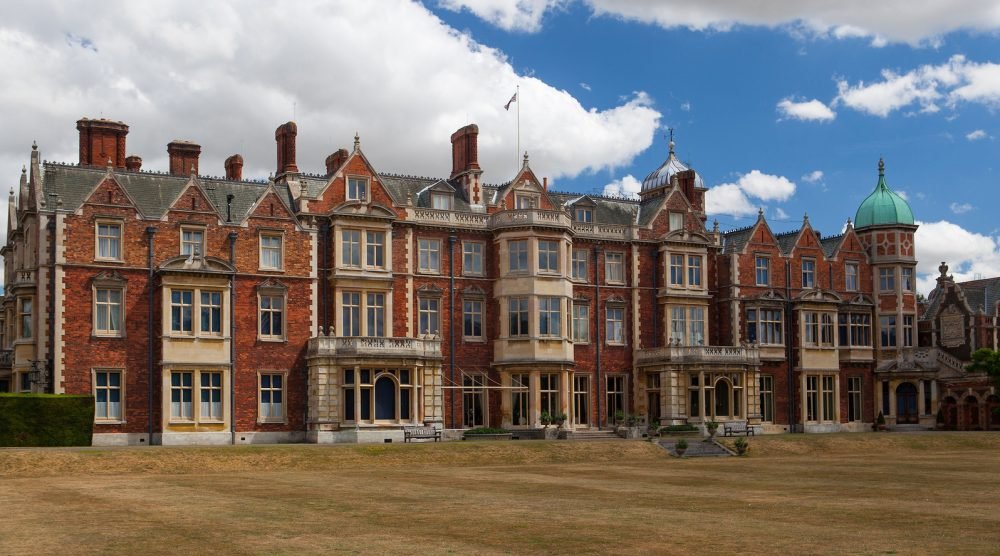
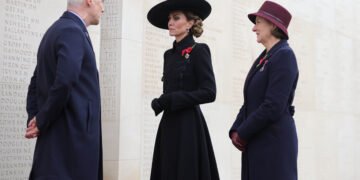
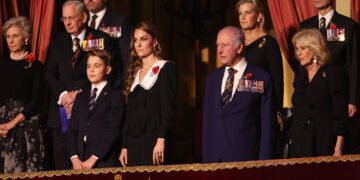
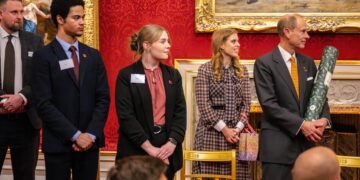

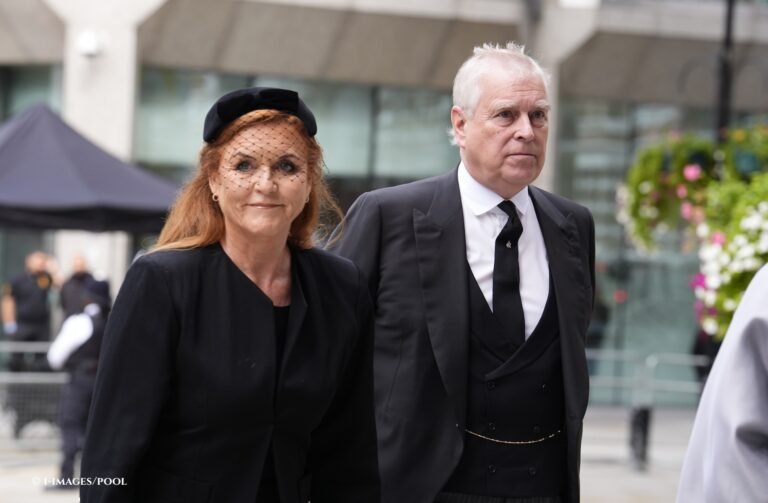
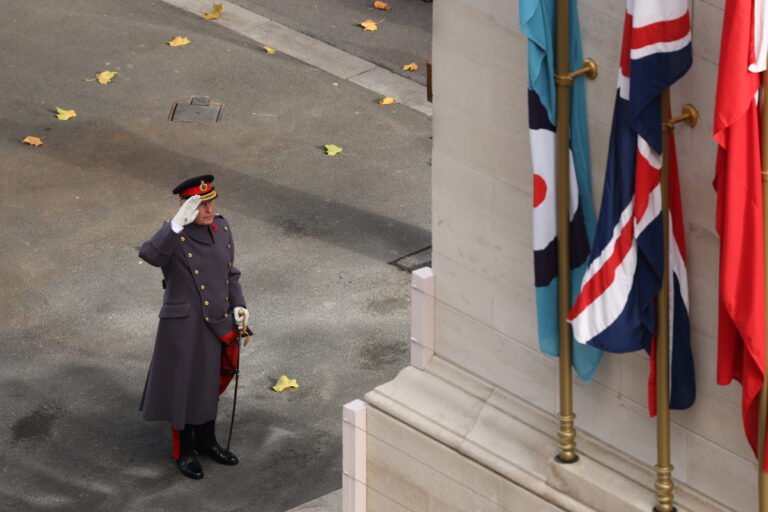
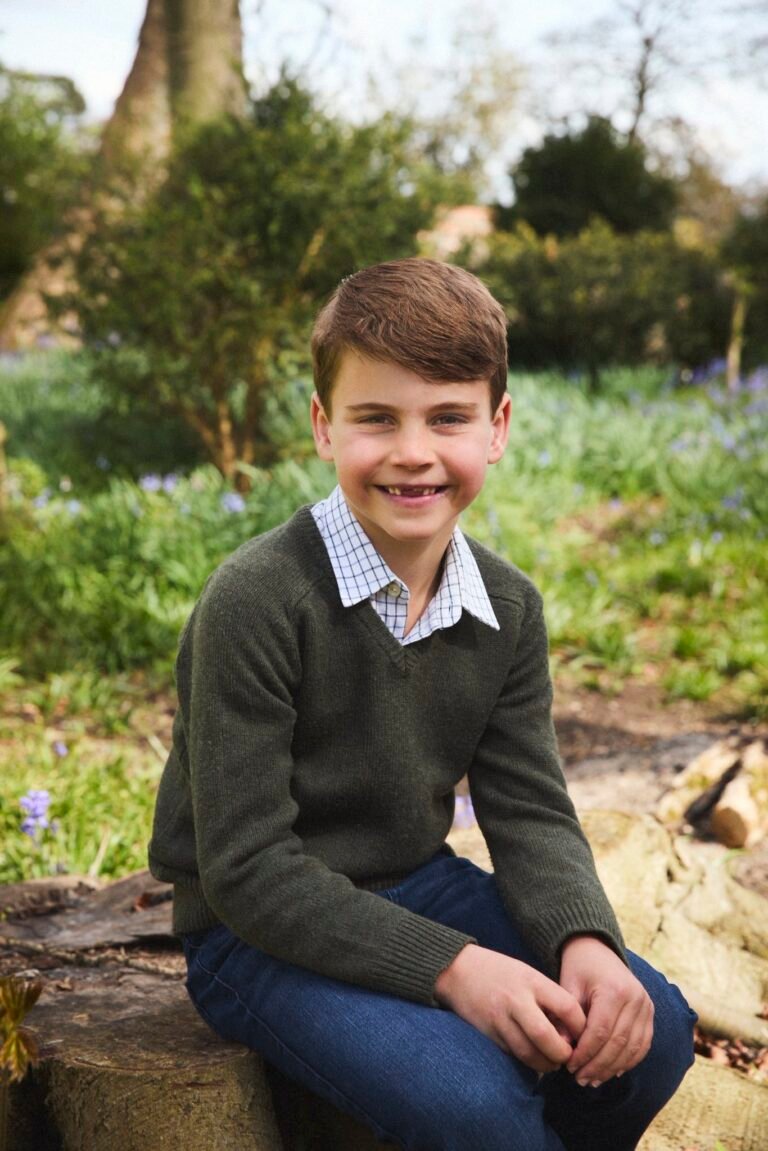
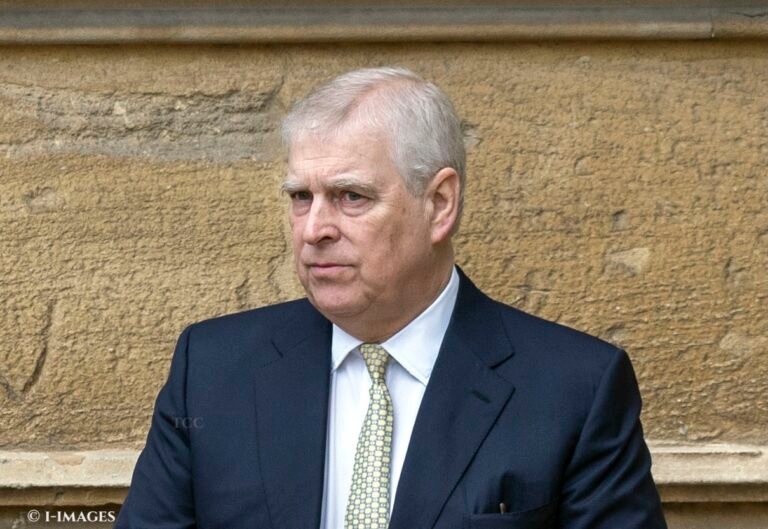
In this article the word principle is used when the correct use should be principal .(e.g.,” the principle rooms” should have been” the principal rooms” and so forth.)
Has been updated.
V